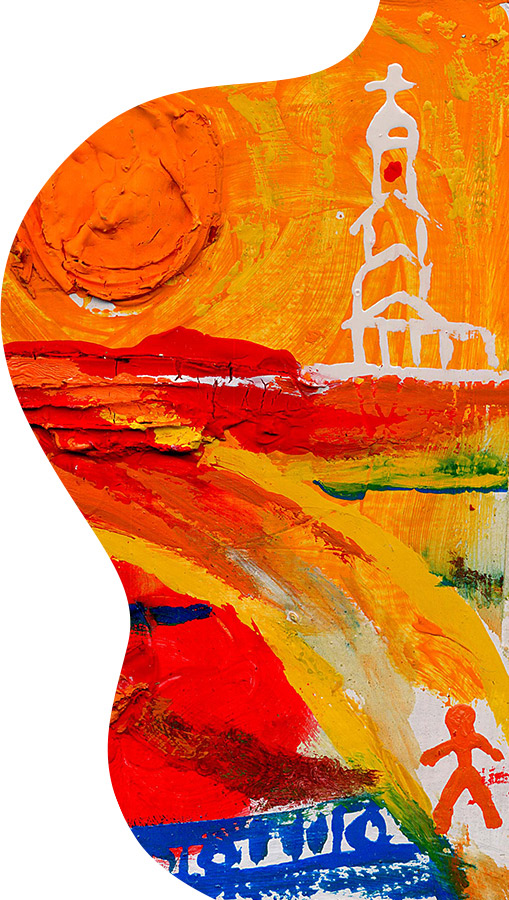Seminar “Urban Studies in Ukraine: The Urban Space and Symbolic Images of Kharkiv”
22 May 2019 року
On 22 May 2019, the V. N. Karazin Kharkiv National University hosted another academic seminar within the framework of the project “CityFace: Practices of the Self-Representation of Multinational Cities in the Industrial and Post-Industrial Era.” The seminar was attended by representatives of several of Kharkiv’s institutions of higher education: the V. N. Karazin Kharkiv National University, Kharkiv State Academy of Culture, O. M. Beketov Kharkiv National University of Urban Economy, and Kharkiv National Medical University.

The seminar was split into two parts. Part One (7 papers) focused on the visual aspects of the symbolic space of Kharkiv, on urban images and their interpretations. Based on a wide range of historical sources (memorial plaques, cityscape postcards, stamps, coins, monuments, murals, and others), project participants offered a variety of interpretations of the symbolic space of Kharkiv (O. Vovk, O. Gela, Yu. Kiseliova, O. Pavlova, O. Yankul). G. Bondarenko and O. Krasko in their paper analyzed questionnaires filled out by students of Kharkiv’s universities (including foreigners) to outline the respondents’ interpretations of urban space and urban symbols. More than 500 questionnaires have been collected so far from participating students in Kharkiv, Zaporizhia, and Odesa as part of Project CityFace. Ye. Rachkov spoke about the theory and practice of using database technologies for the study of symbolic manifestations of the city.
Part Two of the seminar (8 papers) generally dealt with issues relating to the transformation of the symbolic space of Kharkiv, formation of distinct neighborhoods, and crystallization of urban landscapes (A. Khovtura, V. Ilyin). Ye. Zakharchenko shared his research on the transformations of Kharkiv’s sacral space during the 19th and 20th centuries. R. Liubavsky presented a paper on the historical experiments with the transformation of Kharkiv’s urban space in the 1920s and 1930s. S. Kudelko spoke about the problems, peculiarities, and future prospects of Kharkiv’s toponymy. H. Fesenko and A. Artemenko delivered papers on theoretical issues of the transformation of urban landscapes and the emergence of the meta-modern city, using Kharkiv as a case study. S. Posokhov’s paper was devoted to Kharkiv’s (re)presentation in literary works from the 19th to early 21st centuries.
Find this helpful? Share on Facebook:
Other news
- 10.8.2023Interview with Natalia Petrenko
- 10.8.2023Інтерв’ю з Наталею Валентинівною Петренко
- 5.8.2023Interview with Anastasia Khudiakova | Text
- 5.8.2023Інтерв’ю з Анастасією Геннадіївною Худяковою| Текст
- 27.7.2023Interview with Pavlo Kravchuk | Podcast
- 27.7.2023Інтерв’ю з Павлом Павловичем Кравчуком | Подкаст
- 13.7.2023Interview with Olena Tytova


























